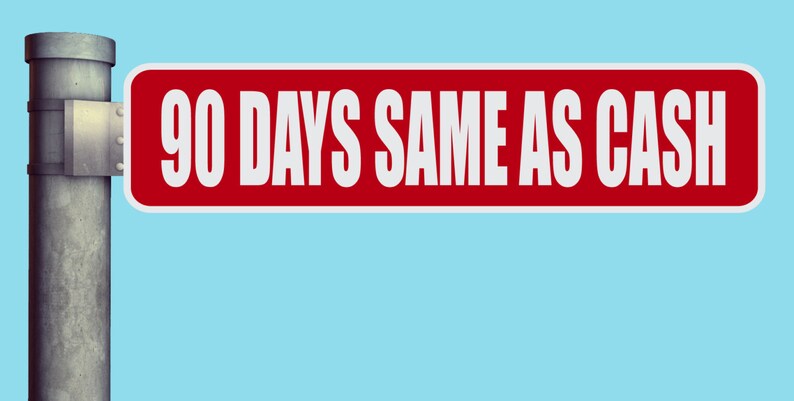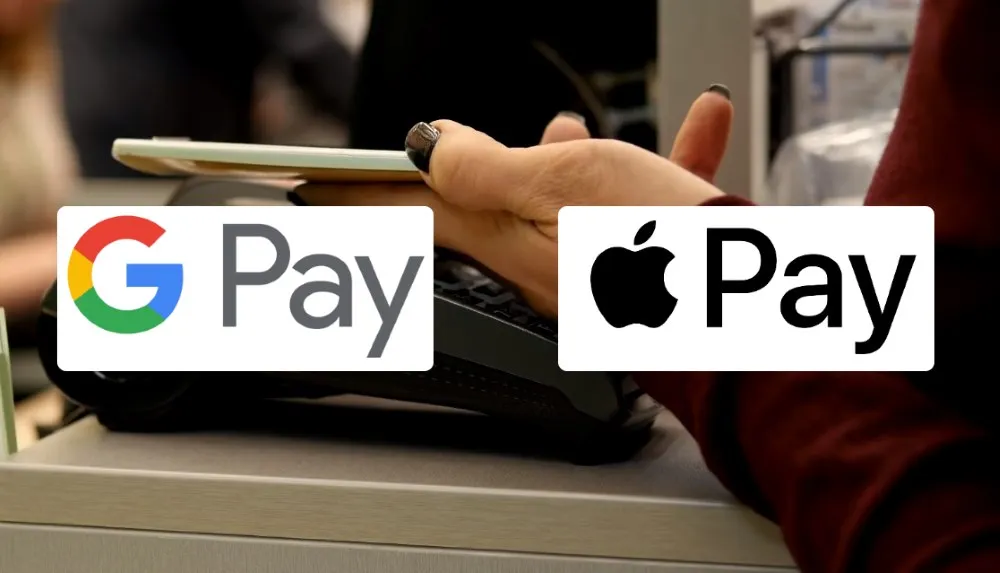What Is a Pinnacle (Beacon) Score?
The Equifax Credit Bureau creates the Beacon Score, which has now changed its name to the Pinnacle Score, to give lenders information about a person's creditworthiness. Beacon Scores are scores of credit that are produced using a sophisticated algorithm. These figures provide information to the lender about a borrower's credit history and their probable ability to repay the debt against which they are applying.While the precise formula for calculating the Pinnacle rating is a trade secret of Equifax, it is similar to other credit agencies in that payment history and past-due accounts are given the most weight, along with the length of credit past events, the types of accounts utilized, and credit queries.
KEY LESSONS
Equifax created the Pinnacle score, a system for calculating credit scores.
Although the actual formula is a closely-kept secret, your score will be influenced by things like your credit history, the amount of open credit lines, and any overdue payments.A better credit score signals to potential creditors or other organizations that you are a low-risk borrower, whereas a lower score may prevent you from obtaining credit or result in higher interest rates.
Your Pinnacle score can be raised by paying off past-due accounts, maintaining a credit utilization ratio under 30%, and reducing the number of credit inquiries that appear on your report.Based on the initial FICO scoring technique, each bureau has its own scoring methodology.
The Beacon (Pinnacle) Score: An OverviewEquifax uses a Pinnacle Score as part of its credit scoring process to generate a credit score that is supplied to lenders who conduct hard inquiries.
The methods used by the three main credit bureaus—Equifax, Transunion, as well as Experian—to calculate credit scores vary. A credit score is a number that reflects the riskiness of a borrower and is normally between 300 and 850.
Lenders view borrowers with higher credit scores as less hazardous because they have a track record of promptly repaying debts. A borrower with a credit score of 700 or higher is typically regarded as having strong credit by lenders.
Lenders utilize acceptance tiers to categorize borrowers according to their creditworthiness level. For instance, a lot of conventional lenders won't give loans to clients with credit scores under 700. However, a person's credit score is often the main consideration for lenders. Other information on a borrower's credit report may also be taken into account.
The Beacon (Pinnacle) Score's History
In an effort to harmonize the way credit ratings are computed, Fair, Isaac and Company created the first FICO score in 1989. Before, lenders would develop a score according to their own methods. Due to the wide range of outcomes, the same customer's credit history could be rated as good at one lender and terrible at another, which caused issues.The movement for standardization played a role in the development of the three credit agencies that exist today: Experian, Equifax, and Transunion. Each bureau has a different rating system, and Equifax uses the Pinnacle score.
Tips for Increasing Your Pinnacle Score
Requesting your Equifax credit report is the first step in raising your credit score. By doing this, you can prevent erroneous information, such as a debt you've recently paid off or that you're unaware of, from having an impact on your Pinnacle score.
The next step is to take control of your bills and payments that are late once you are assured that all of the data on your credit report is true and current. Your credit usage and payment history are the two elements that have the biggest weights when determining your Pinnacle score.
The quantity of credit you are now utilizing is referred to as credit use. Therefore, if your credit card has a $1,000 credit limit and you have used $700 from that limit, your credit utilization percentage is 70%. Lenders think this to be excessively expensive. You can raise your Pinnacle score by paying off your credit card balance and keeping your ratio between 20 and 30%.
Paying down past-due accounts is another approach to raise your Pinnacle rating. Ask the lender or bill-collection company in charge of your debt if they will accept a smaller payment if you are unable to pay the entire amount. Create a payment schedule that you can afford and won't cause you to fall behind on other obligations if your lender won't accept nothing less than the full amount.
Finally, limiting the quantity of credit accounts you seek for can help you keep your Pinnacle rating from declining even worse. A hard inquiry is when a lender requests a credit report from one or more of the three credit agencies in order to evaluate your application for an additional loan or credit card. Too many hard queries on your account have a negative influence on your score since they tell creditors that you are in financial trouble.
How to Calculate the Beacon (Pinnacle) Score
When conducting a hard credit check to determine creditworthiness, each credit agency has different alternatives that a lender can ask for and employs algorithms unique to that bureau.Although the precise formula used to calculate the Pinnacle score is kept a secret, practically all credit scoring formulas incorporate the following factors: late payments, current debts, the amount of time the account has been open, the sorts of credit, and new credit applications. Depending on the sort of credit the borrower is looking for and their connection with credit reporting agencies, lenders may ask for different forms of a credit score. While other lenders analyze credit ratings from the three top providers, certain lenders may work primarily with one credit bureau.
Part of a lender's specialized underwriting procedure is the type of credit score analysis they perform while assessing a credit application. The parameters of the cooperation will be governed by the service agreements among lenders and credit reporting organizations, which will also include fees for hard background inquiry reports along with additional services.
Equifax Ratings
Equifax provides different Pinnacle and Beacon scores to lenders based on the kind of loan a customer is looking for. They have a variety of techniques within these two categories, including Pinnacle 1, Pinnacle 2, Beacon 5.0 Base, Beacon 5.0 Auto, Beacon 5.0 Bank Card, Beacon 09 Base, Beacon 09 Auto, Beacon 09 Bank Card, and Beacon 09 Mortgage.
Lenders receive complete disclosure on how each credit score is created and the differences across variations when working with Equifax for high score reporting. Depending on the sort of credit they are contemplating for a borrower, lenders can then decide to seek a particular form of credit report from Equifax.
FAQs for Pinnacle Score
What Distinguishes FICO from Beacon (Pinnacle)?In an effort to harmonize the process of establishing credit scores, Fair, Isaac and Company developed the first credit score—the FICO score—in 1989. On the other hand, Equifax later developed the Beacon as well as Pinnacle scores as a result of the original FICO rating system.
What Is a Beacon Score on Average?
The average FICO score in the United States in 2020 is 711, according to Experian, despite the fact that there is no publicly available information regarding the median Beacon or Pinnacle score.Why Do We Need Three Credit Bureaus?
Lenders were going to employ their own approach to evaluate customers' credit until the first FICO scoring system was developed in 1989, which resulted in significant inconsistencies. The three credit agencies we are all familiar with today—Equifax, Experian, and Transunion—were made possible by the drive for standardization. Since lenders no longer need to develop their own technique, they may now use any or all three of the agencies to obtain a borrower's credit report, which helps standardize credit ratings.
Katheryn is a corporate attorney and finance specialist, conducting research daily to get you closer to financial security and freedom (even if you're just getting started). Her +600 articles published in Collaborative Research Group have already helped thousands of readers on the internet. .
Leave a reply
Your email address will not be published. Required fields are marked *Recent post

Finance: What is it, definition and concept
How Good is Your Credit, According to Beacon?

A Guide to Check Your Financial Advisor's Credentials

